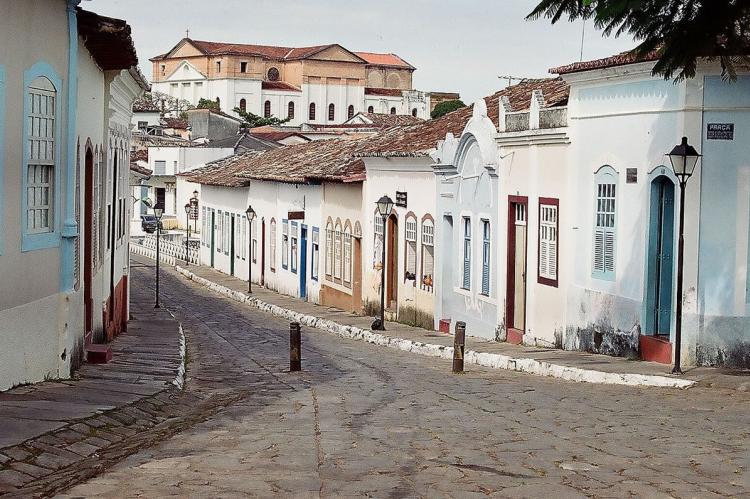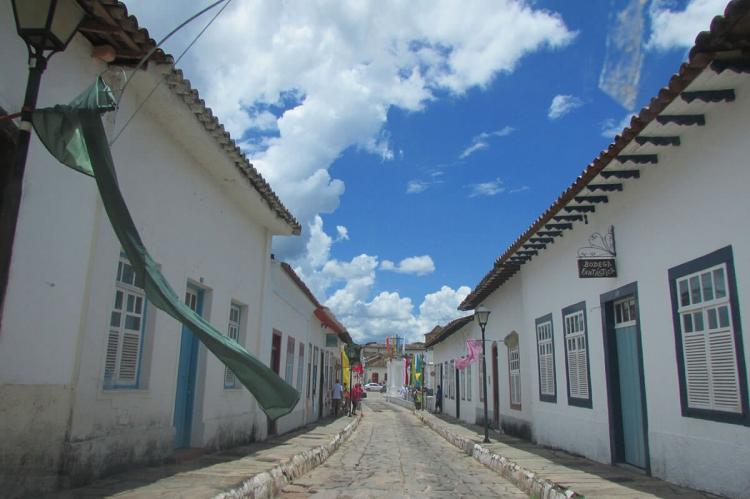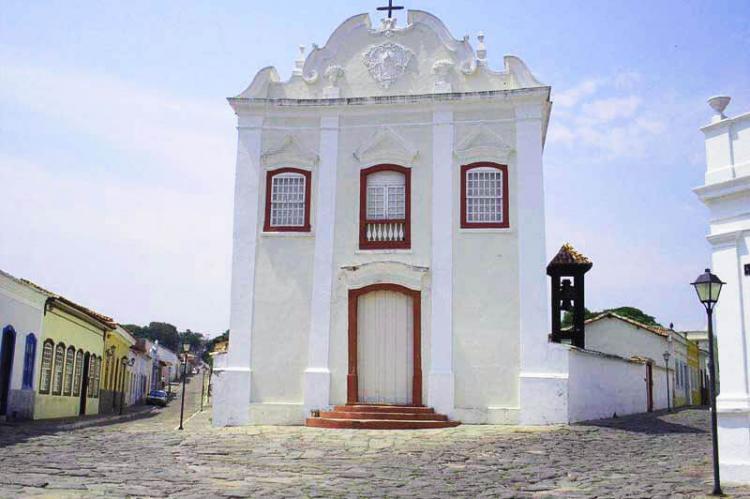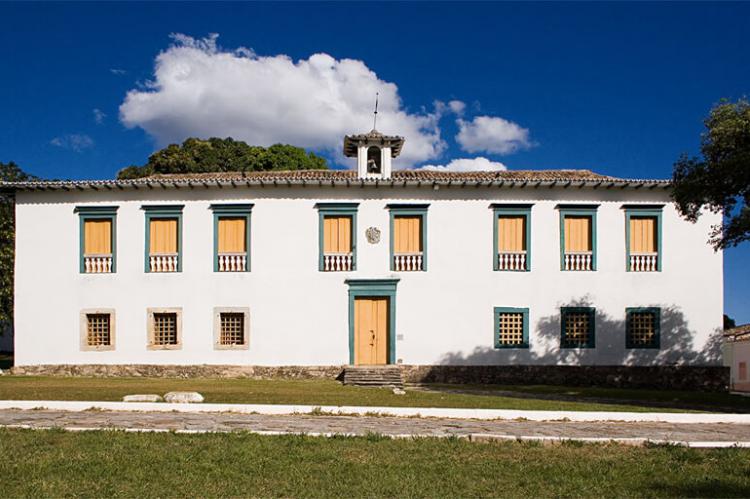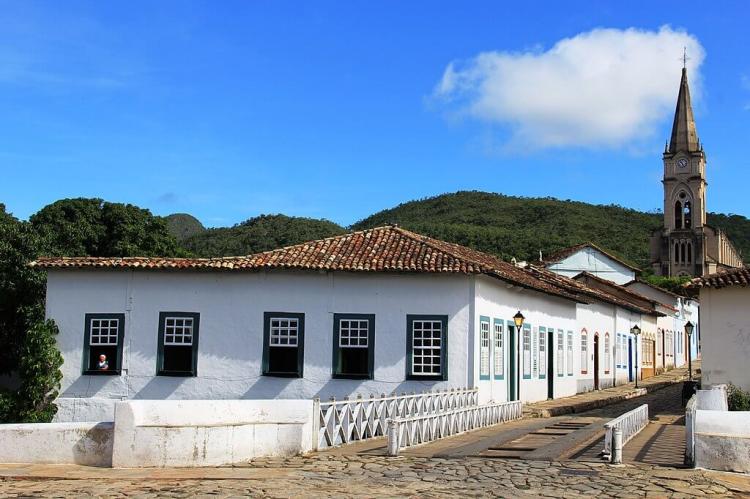Goiás Velho: A Journey through Brazil's Colonial Legacy
Located in the heart of Brazil, the town of Goiás is a testament to the nation's rich cultural and historical heritage. The city, officially known as Goiás Velho, is the capital of the state of Goiás and is famous for its well-preserved colonial architecture, cobblestone streets, and significant cultural value.
Goiás Velho
A Journey through Brazil's Colonial Legacy
Nestled amidst Brazil's rolling hills and lush greenery lies the picturesque and captivating town of Goiás. With its stunning, well-preserved colonial architecture and quaint cobblestone streets, this charming town paints a vivid picture of a bygone era. As the capital of the state of Goiás, Goiás Velho exudes an air of cultural significance, proudly showcasing the unique blend of traditions and customs that have shaped the history of Brazil.
Founding
The first European exploration of this interior part of Brazil was carried out by expeditions from São Paulo in the 17th century. Gold was discovered in the gravel of a tributary of the Araguaia River by the Bandeirante Bartolomeu Bueno da Silva (the Anhanguera) in 1682. The settlement he founded there, Santa Anna, became the colonial town of Goiás Velho, the former state capital.
Goiás was founded in 1727 during the Brazilian Gold Rush, significantly shaping the town's development. Its strategic location near gold mines contributed to its rapid growth and prosperity during the 18th century. As a result, the city became a hub of economic and cultural activity, attracting settlers, traders, and artists.
Historic Center
The town's architectural landscape is a testament to its colonial past. With its well-preserved buildings, Goiás transports visitors back to the days of Portuguese colonial rule. The historic center is characterized by colorful, colonial-era houses adorned with intricate balconies and ironwork, showcasing European and local architectural styles. The Church of the Good Death (Igreja de Nossa Senhora do Rosário), dating back to 1733, exemplifies this fusion of influences and is a key landmark in the town.
One of the most iconic structures in Goiás is the House of the Bandeirantes. This historic residence once belonged to the explorer Bartolomeu Bueno da Silva, known as the "Anhanguera." This house provides a glimpse into the lifestyle of the town's influential figures during the colonial era.
Goiás is also celebrated for its vibrant cultural scene. The town has been a cradle of artistic expression, fostering renowned figures such as the poetess Cora Coralina. Her former residence, now transformed into the Cora Coralina House-Museum, pays homage to her life and work, offering visitors insight into the town's literary heritage.
World Heritage Site: Historic Center of the Town of Goiás
In 2001, Goiás received the UNESCO World Heritage Site designation, a recognition reserved for places of outstanding cultural or natural importance to humanity. This designation underscores the town's exceptional value in preserving Brazil's cultural and historical heritage. The town's UNESCO status has heightened its global visibility and prompted increased efforts to conserve its unique character and charm.
Goiás continues to attract tourists, historians, and art enthusiasts from around the world. The annual "Festival Internacional de Cinema e Vídeo Ambiental" (International Festival of Environmental Cinema and Video) and the religious celebration of the "Cavalhadas" are just a few examples of the vibrant events that contribute to the town's cultural richness.
Conclusion
In conclusion, Goiás is a living example of Brazil's colonial past, displaying well-preserved architecture and a rich cultural heritage. Its designation as a UNESCO World Heritage Site acknowledges the town's historical significance, ensuring that future generations can appreciate and learn from the diverse culture reflected in the streets and structures of this enchanting Brazilian town.
